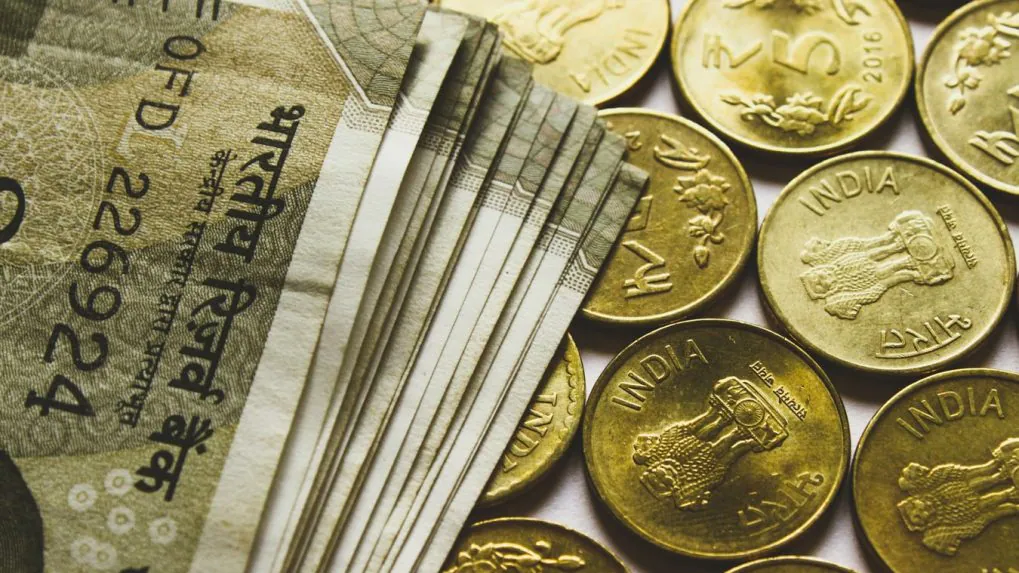- December 3, 2020
- Posted by: Amit Pabari
- Category: Currency

It’s rightly said the better be proactive than reactive and the same is applicable in the case of making hedging decisions! In an earlier report dated Nov 7, we had mentioned that the rupee is heading towards 73.50 levels despite the uncertainties hovering and RBI buying dollars and therefore, every uptick on rupee is a selling opportunity. Despite having an objective of building reserves, managing rupee volatility is also one of the main objectives of RBI and the bank has remained firmed on over the past 8 months.
Building reserves at a cost- A different perspective.
RBI has been piling up reserves at a fast pace since the COVID lock-down and easy monetary policy by most central banks resulting in a steep surge in capital flows into emerging markets including India. However, excessive buying has its own limitation due to which the central bank may have to get slow in building reserves.
• Investment in Foreign securities: Firstly, in the entire year amid pandemic and uncertain market conditions, RBI has remained an active buyer of foreign reserves in the form of US securities and other assets, to act against any unprecedented market situation. As RBI bought a high amount of reserves to insulate the economy in the event of capital outflows, eventually it caused dragging down its profitability as the amount of investment made fetched very yield.
The RBI might have to remain watchful about the lower returns from its operations this year as it has almost parked 80 percent reserves accumulated between April to Sep this year into low-yielding treasuries. Also, excessive buying has led to surplus liquidity in the banking system. Between the given period, RBI bought nearly $67 billion of the reserves out of which nearly $54 billion has been allocated in the US treasuries which are yielding less than 1 percent. RBI has increased its contribution in the top-rated government securities from 55 percent billion to 68 percent between March to September.
Overall, of the $544.8 billion in reserves that were bought up-till September, $370.6 billion was invested in government securities and $ 213 billion was parked in the US treasuries. Since central banks across the globe slashed the interest rates, interest earned on the US securities also fetched less than 1 percent.
• Buying dollars to manage volatility: Secondly, it also kept buying dollars to protect the rupee protect irrational depreciation in event of capital outflows and manage volatility. With the exceptional months from March to May, the country has otherwise witnessed net inflows and RBI kept buying dollars to manage volatility. These forex inflows mopped by the central bank caused surplus rupee liquidity into the banking system which in turn is parked with the RBI by the commercial banks. The interest cost payable on the reverse repo is nearly 3.5 percent, furthermore adding stress to the RBI’s earnings and the dividend it provides to the government.
Therefore, in the scenario of low interest earned from the foreign investments and higher interest payable to the commercial banks for surplus liquidity parked with RBI, the central bank cannot buy aggressively and unstoppably going further.
Implications on rupee:
In the given scenario, if RBI slows its pace of buying or stops buying and inflows sustain in the market, the rupee shall remain biased towards appreciation and trade close to the stronger side of the range 73.00-75.00 levels. However, in the near term, a technical bounce back close to 73.80-74.00 can be expected to raise out of buying pressure by trades and importers. Overall as the major trend remains on the appreciation side, the view remains selling on every uptick above 74.00-74.50 levels. For buying, one can cover on dips between 73.00-73.40 levels and also could hedge via buying at the money call option to keep the appreciation participation open.
-Amit Pabari is managing director of CR Forex Advisors. The views expressed are personal.
Leave a Reply
You must be logged in to post a comment.




